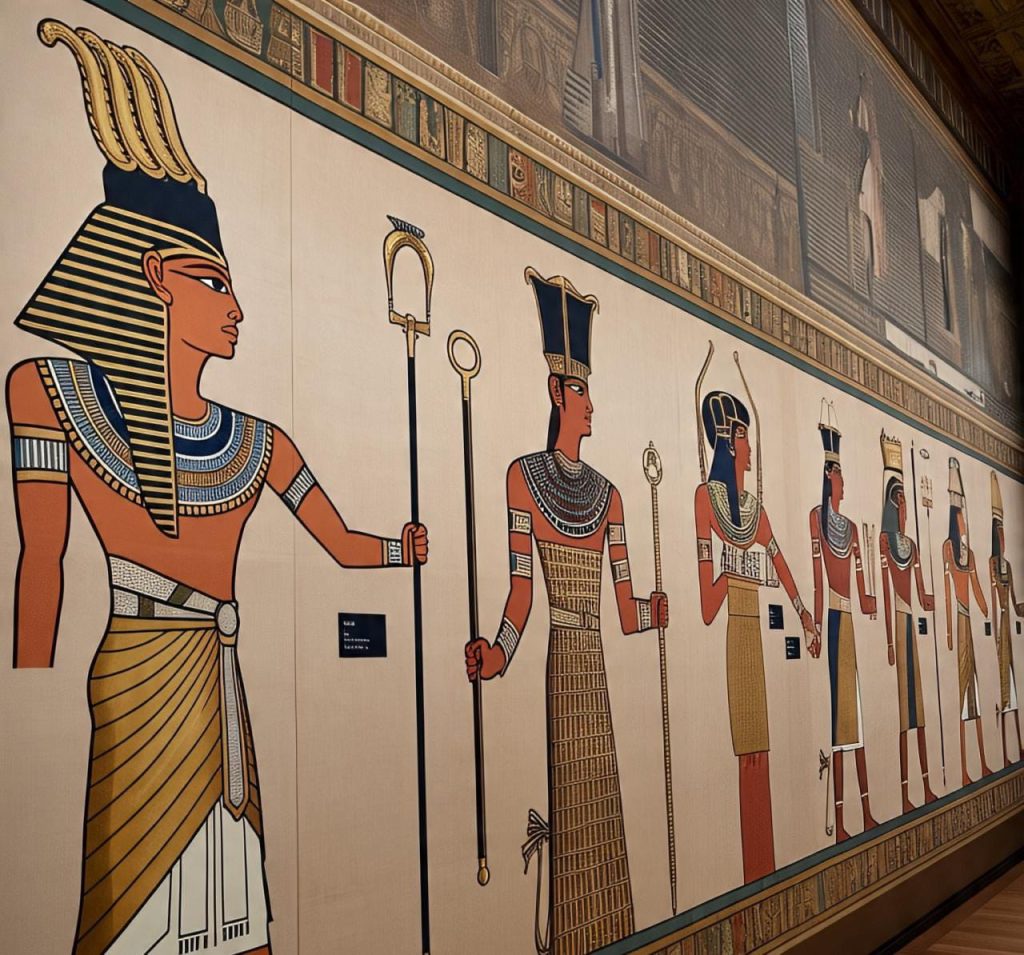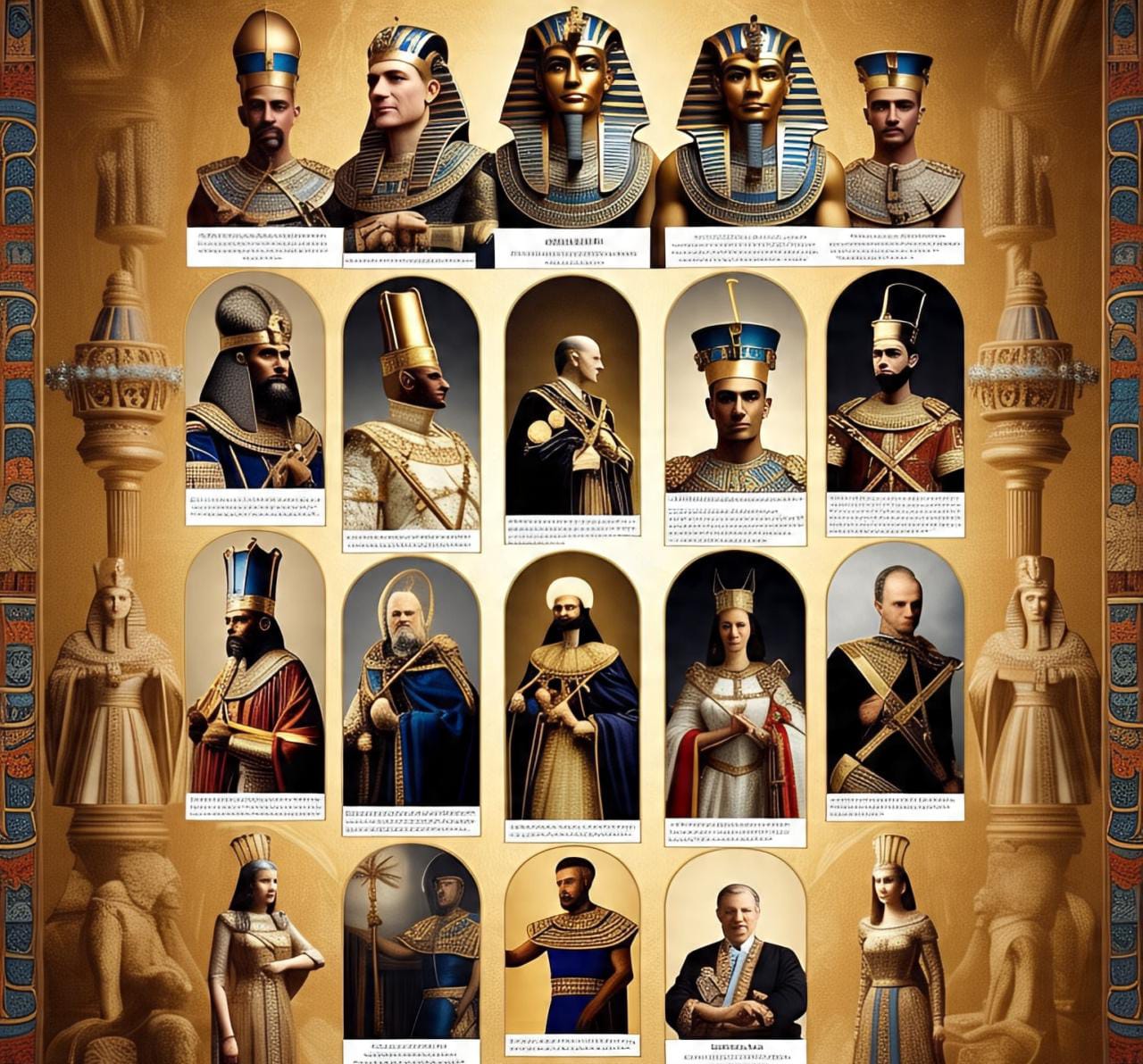A monarchy, which grants one person control over a nation as its head, has been in existence for thousands of years. The development of law depends on the various changes in power, culture, religion, and economics within civilizations over time. The history of monarchy, spanning from the god-kings of ancient Egypt to the ceremonial European monarchs of today, has always been a significant aspect of human progress. Let’s follow the interesting route by which it has spread over continents and centuries.
The Birth of Monarchy in Ancient Civilizations
The monarchy was probably chosen because it was beneficial in early societies. Men or women with wise or strong characteristics were often made leaders in tribal societies. Eventually, a number of these leaders turned to hereditary succession, which led to the establishment of a hereditary monarchy.

Among the very first and longest-lasting monarchies was that of ancient Egypt, where those in charge were called pharaohs. From approximately 3100 BCE, the Egyptian monarchy was significant in both government and religion. Many believed that pharaohs were living gods, serving as intermediaries between the people and the gods. As a result, their leadership could not be questioned, so the monarchy came to be unquestionable.
Kings in Mesopotamia, such as Hammurabi of Babylon, ruled with a military force backed by written codes, including the Code of Hammurabi. The ancient Chinese dynasties, starting with the Shang (c. 1600 BCE), employed the “Mandate of Heaven” as a belief system to legitimize righteous rulers and remove it from those who misbehaved.
The Role of Religion: Divine Rule and Legitimacy
In many historical periods, religion was used to give legitimacy to the monarchy. It was thought that rulers gained their power because they were chosen by or believed to be divine beings.
Chinese emperors came to be viewed as the “Son of Heaven.” The strength of their role was based on how virtuous and harmonious they were. A bad harvest or natural disaster could be seen as a sign that their rulers have lost the right to govern, which could lead to acts of rebellion.
In Europe, monarchs claimed the “divine right of kings,” especially during the medieval era. This theory believed that kings got their power from God, not from any groups such as the church or the public. Their only answer to obedience was God, so disobedience was seen as a sinful act. Under Louis XIV in 17th-century France, this concept hit its high point when he said, “L’État, c’est moi” (I am the state).
Monarchy in the Classical Era: Greece and Rome
The Greek monarchy was gradually replaced by aristocracy and democracy, and these new systems were particularly seen in city-states such as Athens. Nevertheless, Macedonia kept its royal government under rulers such as Philip II and Alexander the Great.
In approximately 509 BCE, Rome transitioned from a monarchy to a republic, but later reverted to an imperial monarchy under the rule of Augustus Caesar. Roman emperors were mighty, and they often attempted to portray themselves as upholding the principles of a republic. The imperial model shaped many later monarchies.
The Rise of European Dynasties
Under feudalism, which appeared in medieval Europe, the monarchy became organized and handed down through family lines. Nobles got land from feudal monarchs in return for serving in the military and performing various duties, thus creating a bond of obligations. Over time, monarchs became increasingly powerful, while many noble families lost influence over the government.
Among those who led changes in European history are the Capetians in France, the Tudors in England and the Habsburgs in both the Holy Roman Empire and Spain. Through marriages, wars, and alliances, these dynasties established monarchies that endured for many years.
Religious support, adherence to law, and an increase in bureaucrats boosted these monarchies. England’s Magna Carta (1215) was among the first written works to place limits on rulers, creating the model for the modern constitutional monarchy.
Constitutional Monarchies and Revolution
Following the Age of Enlightenment and the subsequent revolutions, the concept of monarchy underwent significant changes in the 18th and 19th centuries. Philosophers such as Rousseau and Locke opposed the divine right of monarchs, advocating for the idea that the people should rule and have their rights protected.
As a result of the English Civil War (1642–1651) and the Glorious Revolution (1688), Britain established a constitutional monarchy in which the king was required to share authority with Parliament. As a result of the French Revolution (1789), which led to the violent overthrow of the monarchy, Napoleon became powerful, and the Bourbon dynasty was eventually restored in a more limited form. In Europe, pressure to make changes led monarchies to either reform or fall apart. Some were appointed as ceremonial rulers, while others were simply abolished.
Monarchies In The Modern Era
The monarchy exists today in different forms.
Today, monarchy still exists in various forms:
- Absolute monarchies remain in places like Saudi Arabia and Brunei, where kings hold unchecked power.
- Constitutional monarchies are prevalent in nations like the United Kingdom, Sweden, Japan, and Thailand, where monarchs serve symbolic and ceremonial roles within a democratic framework.
Communities in Africa, Asia, and the Pacific Islands continue to have monarchies, which often blend cultural traditions with current governance. In Eswatini (formerly known as Swaziland), the monarch holds significant power, but the Country has a monarchy rooted in Polynesian customs.
Cultural Legacy and Global Impact
Both past and present monarchies have a significant influence on the global culture we have today. Monarchy impacts royal art, architecture, special traditions and national identity broadly.
Those who have ruled have usually been supporters of scientific, academic, and artistic activities. Royal support helped the Renaissance flourish, and the royal courts emerged as leaders in ideas and education.
Today, monarchies continue to spark worldwide interest. Every royal wedding, jubilee and funeral attracts a large public interested in seeing royal events.
Conclusion
History shows that the monarchy was influenced by various factors, not just power and change, but also by religion and cultural shifts. Since the rule of Egyptian god-kings, royal institutions have undergone constant change and remain active today.
The monarchy may no longer have the authority it once did, but it still represents national identity, tradition, and continuity. Examining the way Egypt has evolved, from its pharaohs to the present, helps us see how the world’s politics and cultures have also changed.
No matter if someone values monarchy or believes it is old-fashioned, its important place in history is clear, and its story moves into the modern era.
